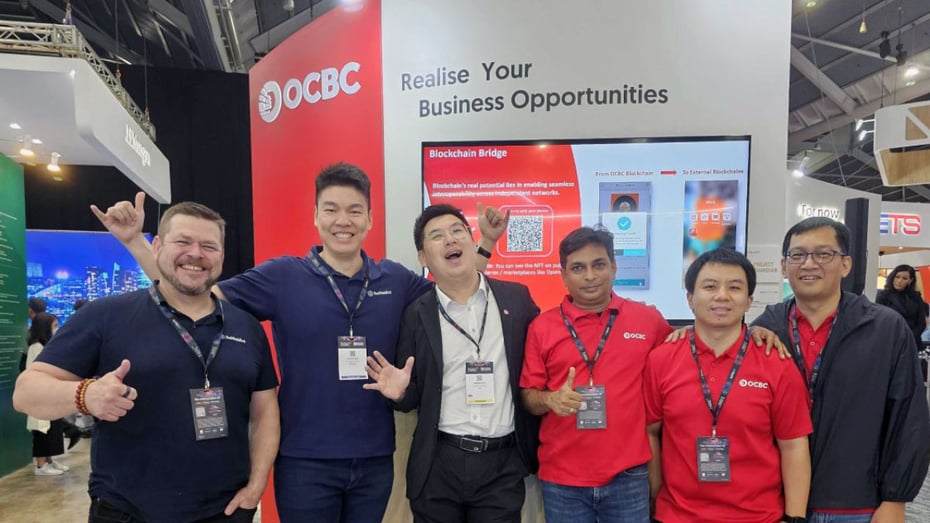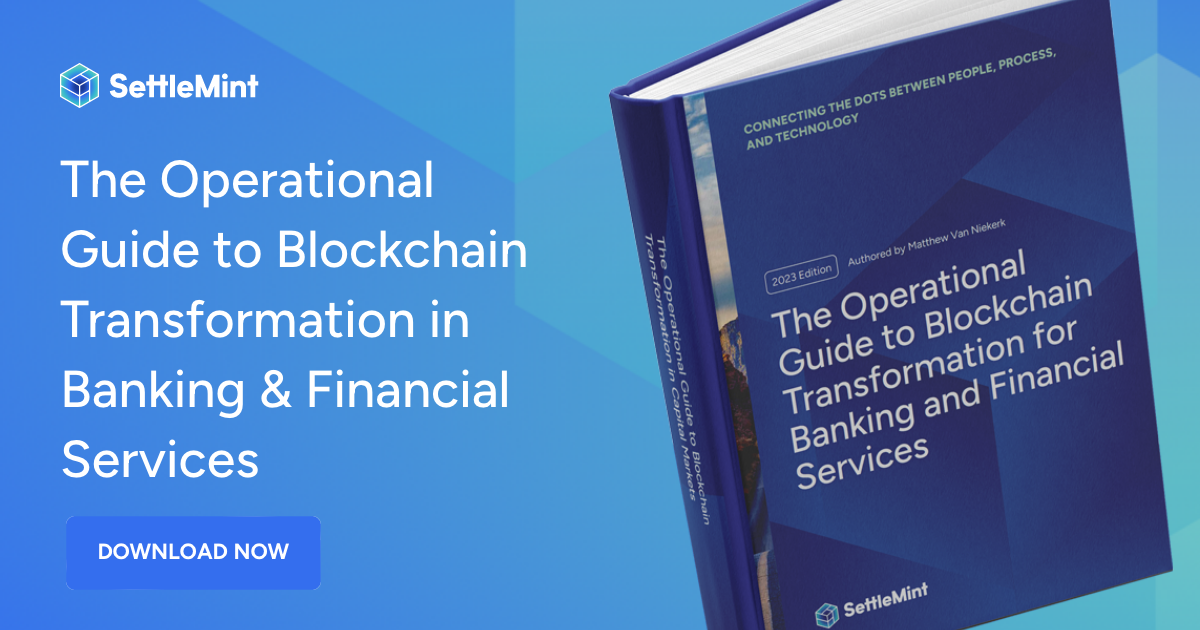This article is by Johnny Kok, VP Commercial APAC, SettleMint.
Across the Asia Pacific (APAC) region, organizations vary a lot in terms of their blockchain maturity and their progress along their Blockchain Transformation journey.
A couple of years ago, most were just exploring blockchain but now many have taken their first steps in implementing the technology. Everyone has a different starting point, which is why we always begin by talking about what creating value with blockchain means to them. We can then discuss the benefits of Blockchain Transformation in helping them to create value, including the steps we will take to accelerate the process and to ensure ROI is achieved.
 Johnny Kok at the 2023 SettleMint offsite, in Spain.
Johnny Kok at the 2023 SettleMint offsite, in Spain.
Blockchain maturity in Asia-Pacific organizations
Organizations that have moved beyond the exploration of blockchain have already built some Proofs of Concepts (PoCs). We are also working with an increasing number who want to establish a roadmap of blockchain-enabled use cases as part of their efforts to scale their enterprise-grade blockchain capabilities.
This variation across the blockchain maturity scale is not restricted to companies in a certain industry or a specific country. There might be less purchasing power for organizations based in some Southeast Asian economies when compared to the regional powerhouse that is Singapore but it would be wrong to go too far with this generalization, as each case is different.
What I can say with more certainty is that the most concrete interest in blockchain is in the Banking, Financial Services and Insurance (BFSI) sector and the public sector.
Within BFSI, organizations are often considering blockchain alongside AI, RPA, quantum computing, immersive technologies and the metaverse as emerging technologies that could be incorporated into the right use case. In addition, the specific business lines of a financial organization may have part of their team focused on digital assets and they will usually be incorporating blockchain into any new digital asset service they develop.
Under this digital asset umbrella, asset tokenization is what many are focused on right now, as they see it as the bridge between their existing, real-world asset businesses and their future blockchain-based ones.
Another important use case for blockchain is within track and trace systems, which government organizations are taking a particular interest in because they want to meet Environmental, Sustainability and Governance (ESG) targets. They are keen to push this but banks and financial institutions are usually the ones spearheading efforts in collaboration with the public sector through their green finance, blended finance and carbon credit tokenization initiatives.
Blockchain adoption at an enterprise level
Looking at what Blockchain Transformation means for organizations in APAC, it’s important to remember that it’s not enough to just adopt blockchain; it’s about adopting blockchain properly within an enterprise-grade environment.
This is why the three elements of Blockchain Transformation - technology, people and processes - are so important. We know from Gartner’s research that 85% of blockchain projects have failed in the past for the same reasons and Blockchain Transformation provides a step-by-step process for connecting technology, people and processes to avoid these issues.
For any organization that is getting started, the most important thing to prioritize must be a use case that brings meaningful ROI. Identifying this is a crucial part of getting budgets approved and securing internal stakeholder buy-in. It can be hard to identify the ROI of a blockchain project but we will help every organization to do this.
You also need to ensure that anything being proposed will comply with your internal policies and security requirements from the very start and be mindful of integrations with existing systems that will be required later if the project is to scale successfully.
On the people side, you might start with a realistic assessment that you do not have the capabilities in-house to execute your blockchain project and could consider purchasing an off-the-shelf solution or outsourcing to a vendor you can partner with. These are reasonable things to consider but you must also weigh up the long-term implications of progressing without adding the necessary blockchain skills to your internal teams.
The training and upskilling you put in place should meet the needs of the business people whose use case is at the heart of your blockchain project, as well as the engineers tasked with developing the solution and the teams responsible for deploying infrastructural resources. It’s also important to consider the wider teams who might be interested in blockchain, especially if you run a center of excellence tasked with spreading skills throughout your organization.
This is not simply theory either, as we have first-hand experience in the APAC region of the positive impact this approach has had.
 Matthew Van Niekerk and Johnny with some OCBC team members at Singapore FinTech Festival 2023.
Matthew Van Niekerk and Johnny with some OCBC team members at Singapore FinTech Festival 2023.
Blockchain Transformation in Banking and Finance
One of the top leaders in Blockchain Transformation is OCBC Bank in Singapore. We have worked with OCBC on their digital assets initiative since 2021, to the point where we now support them in implementing various enterprise-grade blockchain projects.
As outlined above, this process has been a journey and one that has been possible because senior stakeholders within the organization have committed to it. Also, it didn’t involve one big-bang implementation but incorporated various elements that ensure the bank has a foundation for blockchain innovation long into the future.
At first, the focus was on helping OCBC to deploy a blockchain network in a manner that was consistent with their enterprise-grade security and infrastructure needs. This enabled them to work on a range of use cases simultaneously, including one for bond tokenization, which started as a PoC and then moved through to MVPs and full production without hitting technical, security or integration blockers. This was one part of helping to position OCBC to execute its blockchain ambitions and we also focused on upskilling people to ensure they were empowered to drive this innovation forward.
We have now trained OCBC teams in Singapore, Indonesia, Hong Kong and mainland China. This has included everyone from business people wanting an introduction to blockchain, to users of SettleMint’s Blockchain Transformation Platform who are building blockchain applications and managers responsible for deploying the resources required to do so. Furthermore, to ensure OCBC can build internal blockchain capabilities itself, we have also implemented a ‘train the trainer’ program to help spread knowledge as far and wide as possible.
Our experience working with OCBC is an ongoing example of how we strive to make Blockchain Transformation easy. As the industry statistics about past blockchain projects show, enterprise adoption isn’t easy. However, our experience tells us that, by connecting technology, people, and processes from the start, any organization can establish a state of constant enterprise readiness for all its blockchain use cases.
